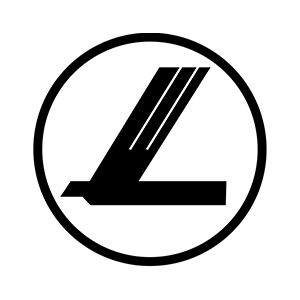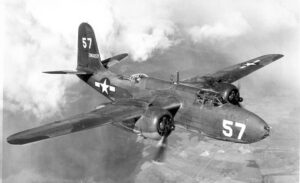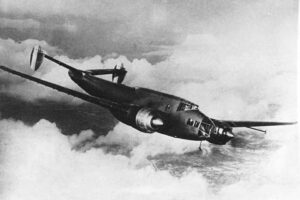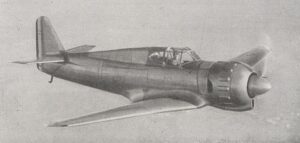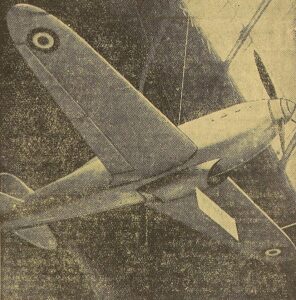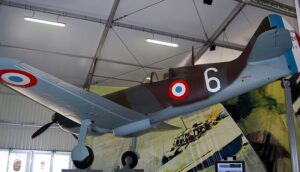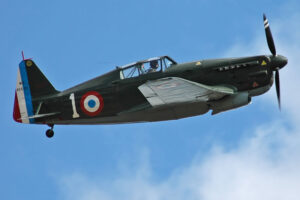Time Period: World War II
Country of Origin: Germany
Type: Fighter Aircraft
Manufacturer: Focke-Wulf
Focke-Wulf Fw 190 Aircraft Overview
The Focke-Wulf Fw 190 was a German single-seat fighter aircraft that saw extensive service during World War II. It was designed and produced by the Focke-Wulf company, and was one of the most successful fighter aircraft produced by the Germans during the war.
The Fw 190 was a single-engine, single-seat fighter, and was powered by a BMW air-cooled radial engine. It had a top speed of around 408 mph (657 km/h), and was armed with four 20 mm cannon and two 7.92 mm machine guns. It was also capable of carrying a variety of bombs and rockets for use in ground attack missions.
The Fw 190 was used in several key air campaigns of the war, including the Battle of Britain and the Eastern Front. It was particularly effective against the Allied bomber formations, thanks to its heavy armament and superior performance at high altitudes.
Over the course of its production, the Fw 190 underwent several upgrades and modifications, including changes to the engine and armament. The Fw 190D variant, for example, was powered by a more powerful engine and had improved aerodynamics, while the Fw 190F was designed specifically for use as a ground attack aircraft.
Today, a number of Fw 190s are preserved in museums and private collections around the world, and the aircraft remains a popular subject for aviation enthusiasts and model builders.
Focke-Wulf Fw 190 Specifications
- Crew: 1
- Length: 32 ft 3 in (9.83 m)
- Wingspan: 37 ft 0 in (11.28 m)
- Height: 13 ft 4.5 in (4.077 m) tail wheel on ground, vertical propeller blade
- Wing area: 235 sq ft (21.8 m2)
- Aspect ratio: 5.83
- Airfoil: NAA/NACA 45–100
- Empty weight: 7,635 lb (3,463 kg)
- Gross weight: 9,200 lb (4,173 kg)
- Max takeoff weight: 12,100 lb (5,488 kg) 5,490
- Fuel capacity: 269 US gal (224 imp gal; 1,020 l)
- Zero-lift drag coefficient: 0.0163
- Drag area: 3.80 sqft (0.35 m²)
- Powerplant: 1 × Packard (Rolls-Royce) V-1650-7 Merlin 12-cylinder liquid-cooled engine, 1,490 hp (1,110 kW) at 3,000 rpm; 1,720 hp (1,280 kW) at WEP
- Propellers: 4-bladed Hamilton Standard constant-speed, variable-pitch, 11 ft 2 in (3.40 m) diameter.
Focke-Wulf Fw 190 Performance
- Maximum speed: 440 mph (710 km/h, 383 kn)
- Cruise speed: 362 mph (583 km/h, 315 kn)
- Stall speed: 100 mph (160 km/h, 87 kn)
- Range: 1,650 mi (2,660 km, 1,434 nmi) with external tanks
- Service ceiling: 41,900 ft (12,800 m)
- Rate of climb: 3,200 ft/min (16 m/s)
- Lift-to-drag: 14.6
- Wing loading: 39 lb/sq ft (190 kg/m2)
- Power/mass: 0.162 / 0.187 hp/lb (0.266 / 0.307 kW/kg) (without / with WEP)
- Recommended Mach limit 0.8
Focke-Wulf Fw 190 Armament
- Guns: 6 × .50 caliber (12.7mm) AN/M2 Browning machine guns with 1,840 total rounds (380 rounds for each on the inboard pair and 270 rounds for each of the outer two pair)
- Rockets: 6 or 10 × 5.0 in (127 mm) T64 HVAR rockets (P-51D-25, P-51K-10 on)
- Bombs: 1 × 100 lb (45 kg) or 250 lb (110 kg) bomb or 500 lb (230 kg) bomb on hardpoint under each wing.
Focke-Wulf Fw 190 Image Gallery
More Luftwaffe Aircraft
The Luftwaffe, the German air force during World War II, fielded a diverse range of aircraft that played critical roles in the conflict. These aircraft encompassed fighters, bombers, reconnaissance planes, transport aircraft, and more. Explore others:
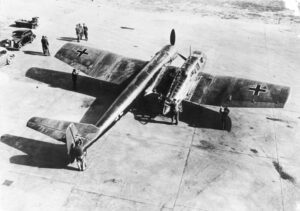
Blohm & Voss BV 141
The Blohm & Voss BV 141 (originally known as the Ha 141) was an asymmetrical World War II German tactical reconnaissance aircraft.
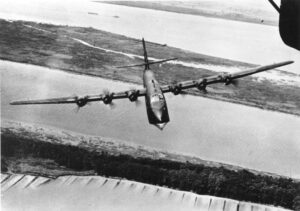
Blohm & Voss BV 222 Wiking
The Blohm & Voss BV 222 Wiking was a large six-engined German flying boat originally developed during the late 1930s as a commercial venture.
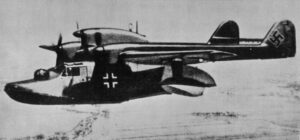
Blohm & Voss BV 138 Seedrache
The Blohm & Voss BV 138 Seedrache was a trimotor flying boat used by the Luftwaffe for seaborne maritime patrol and naval reconnaissance.
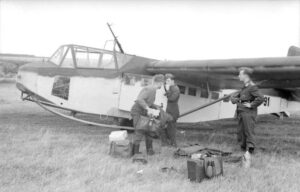
DFS 230
The DFS 230 was a German transport glider developed in 1933 and operated by the Luftwaffe during World War II.
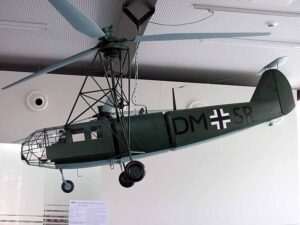
Focke-Achgelis Fa 223 Drache
The Focke-Achgelis Fa 223 was a helicopter developed by Germany during World War II and the first one to attain production status.


